We are all familiar with the sleek and simple designs that have been dominating interiors for quite a while. Differentiating between the design styles that feature these trending elements, however, can be tricky to those who aren’t particularly immersed in the topic. It is also quite common for the terms modern and minimalist to be used interchangeably; this is actually a misconception as the two are different styles, despite the many similarities they share amongst themselves. While modernism makes use of discipline in the design, minimalism disciplines the design to be made use of.
As a matter of fact, modernism is actually a precursor to not only minimalist design but also the contemporary style. Despite the difference between the former two — and because of the similarities — there is even a mashup of both styles. As for contemporary, it’s more of a passing breeze.
Difference Between Modern and Minimalist Designs
You can think of the modern and minimalist styles as a master and student relationship. The latter is inspired by the former, picking up many elements from it. Moreover, the student (minimalism) even refines the elements it has picked up from its master (modernism).
Modern Interior Design
Modernist interior design is all about creating simple elements out of basic geometry. This design style makes use of newer materials such as glass, concrete, and chrome to shape into well-structured and highly efficient features. You may also notice the absence of trinkets, instead of making way for a bolder look that revolves around art. Modern design is built on the foundations laid by mid-century interior designers such as Le Corbusier, Florence Knoll, and the Eames couple. If you’re familiar with the iconic Eames chair, you probably have an idea about mid-century modern furniture.
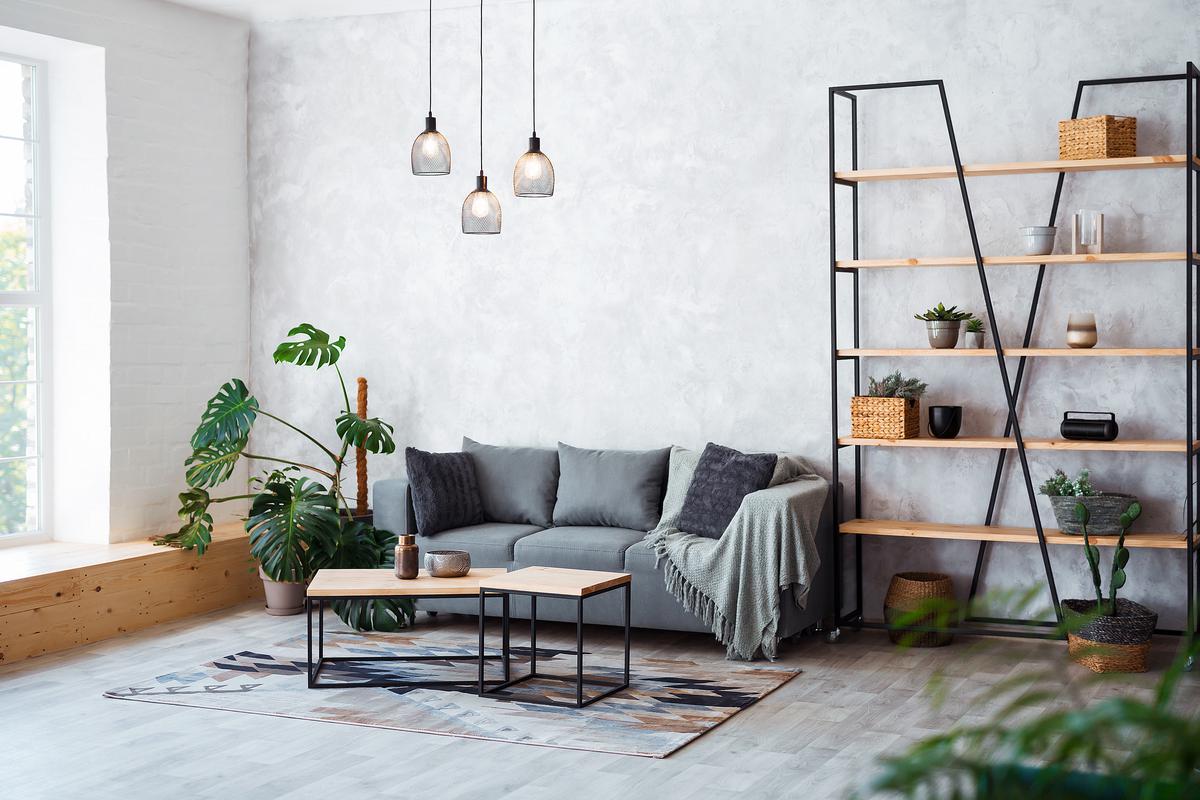
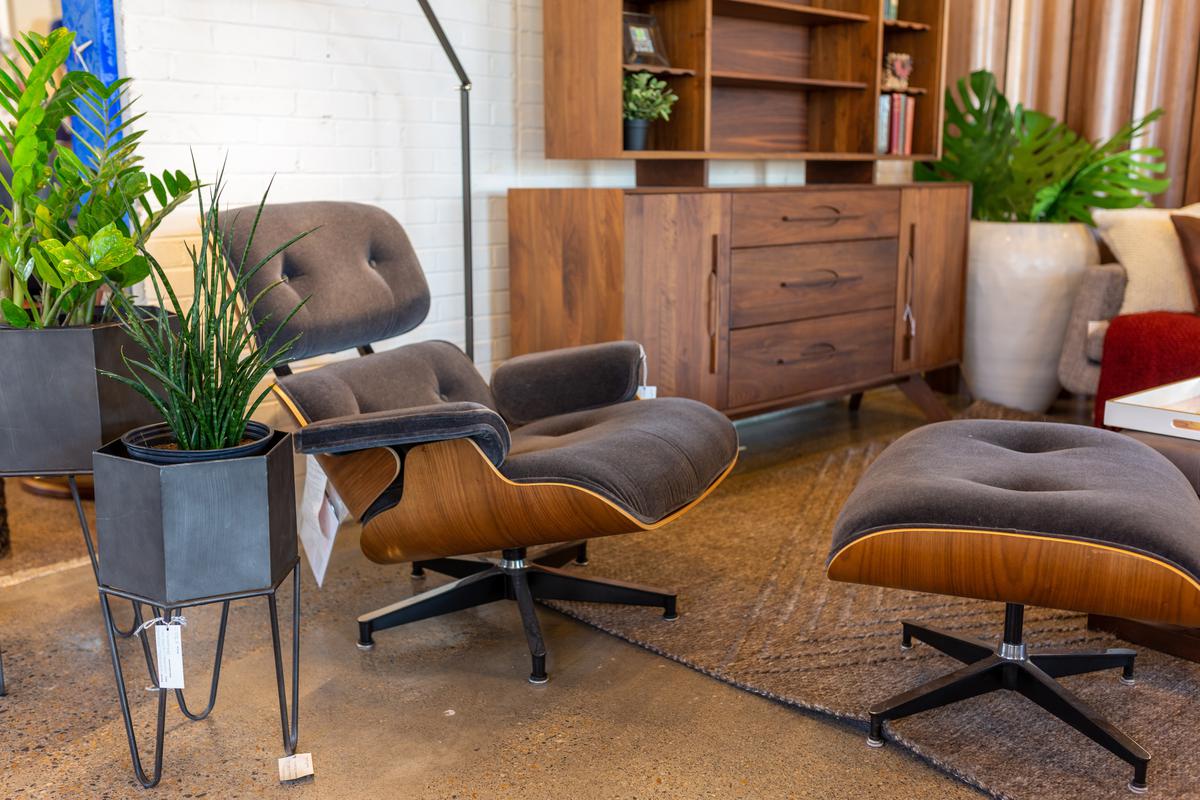
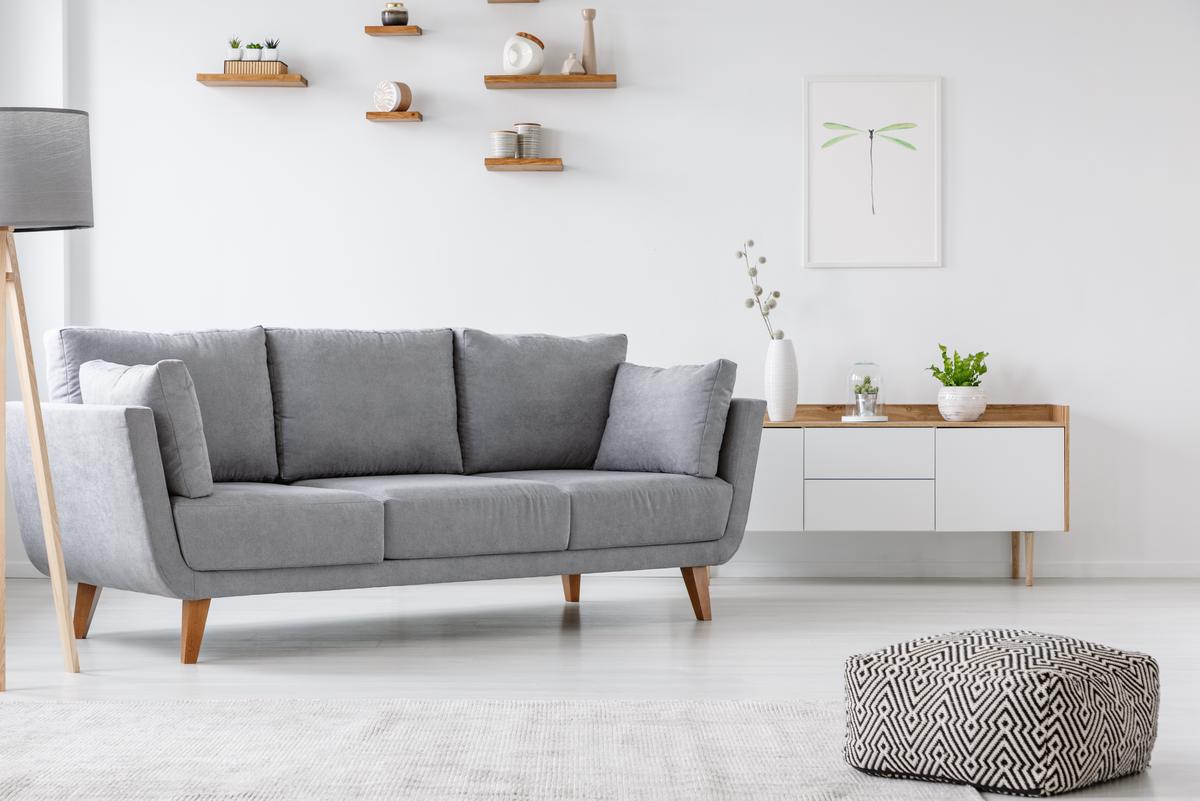
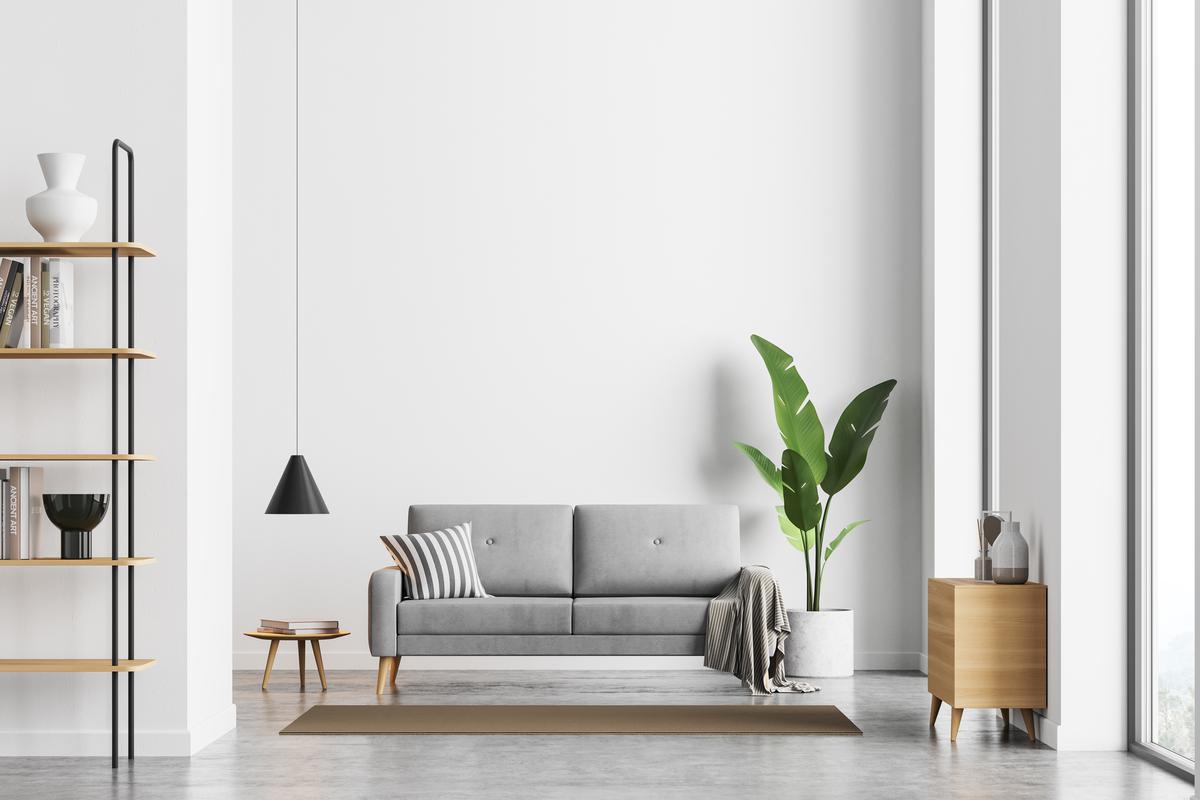
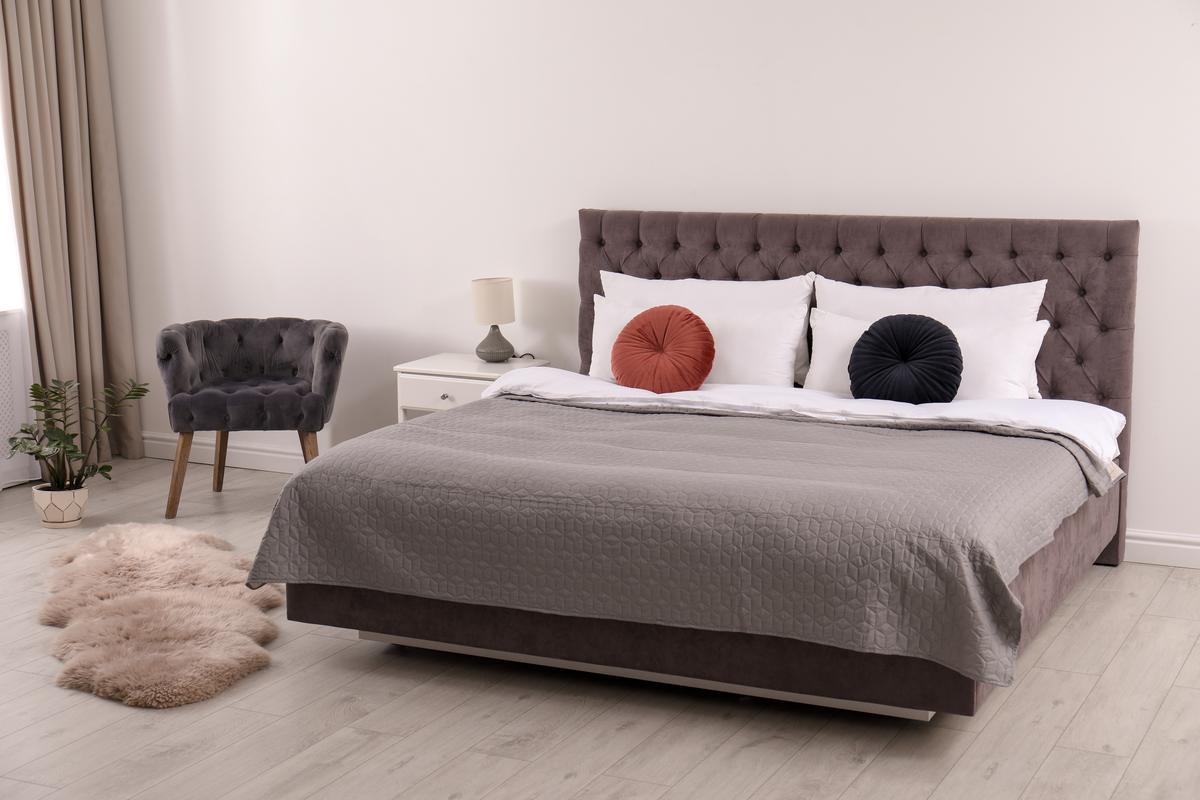
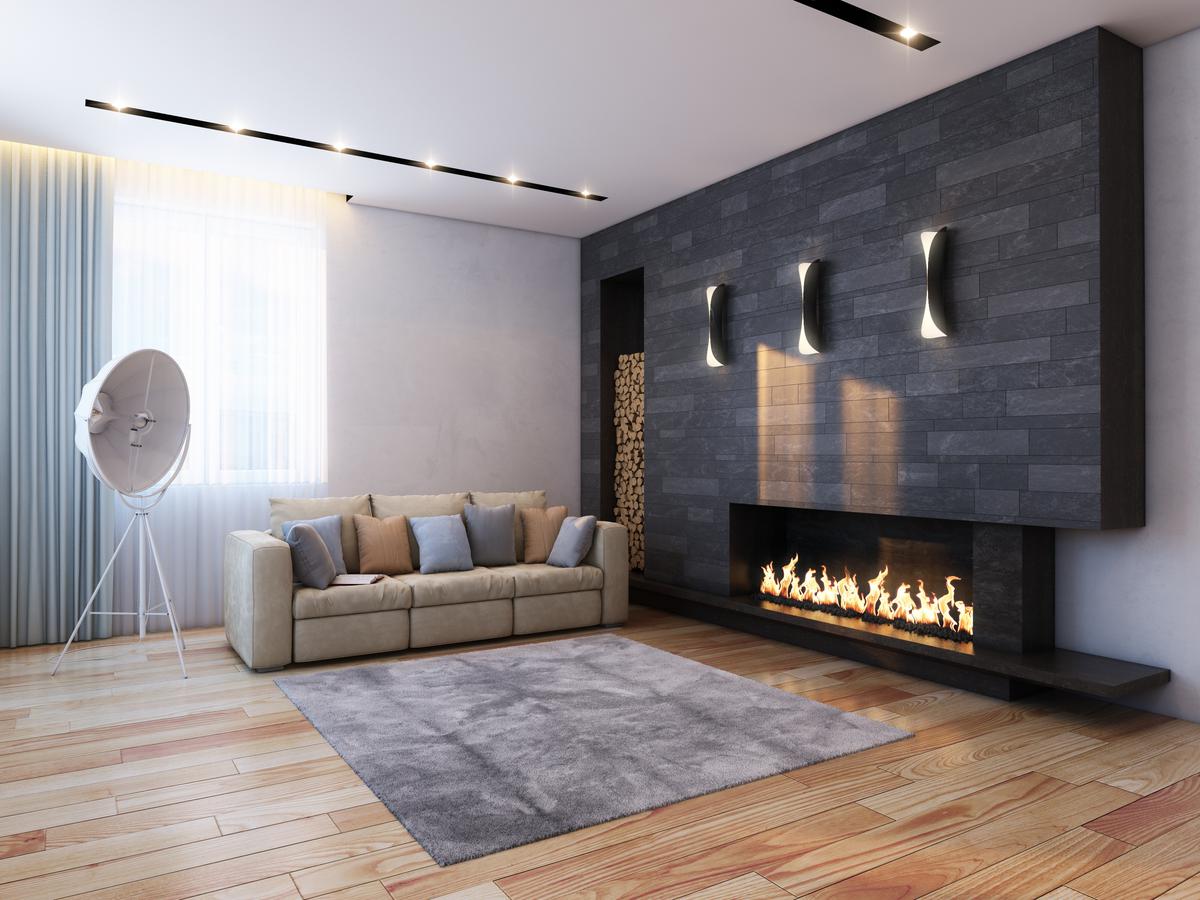
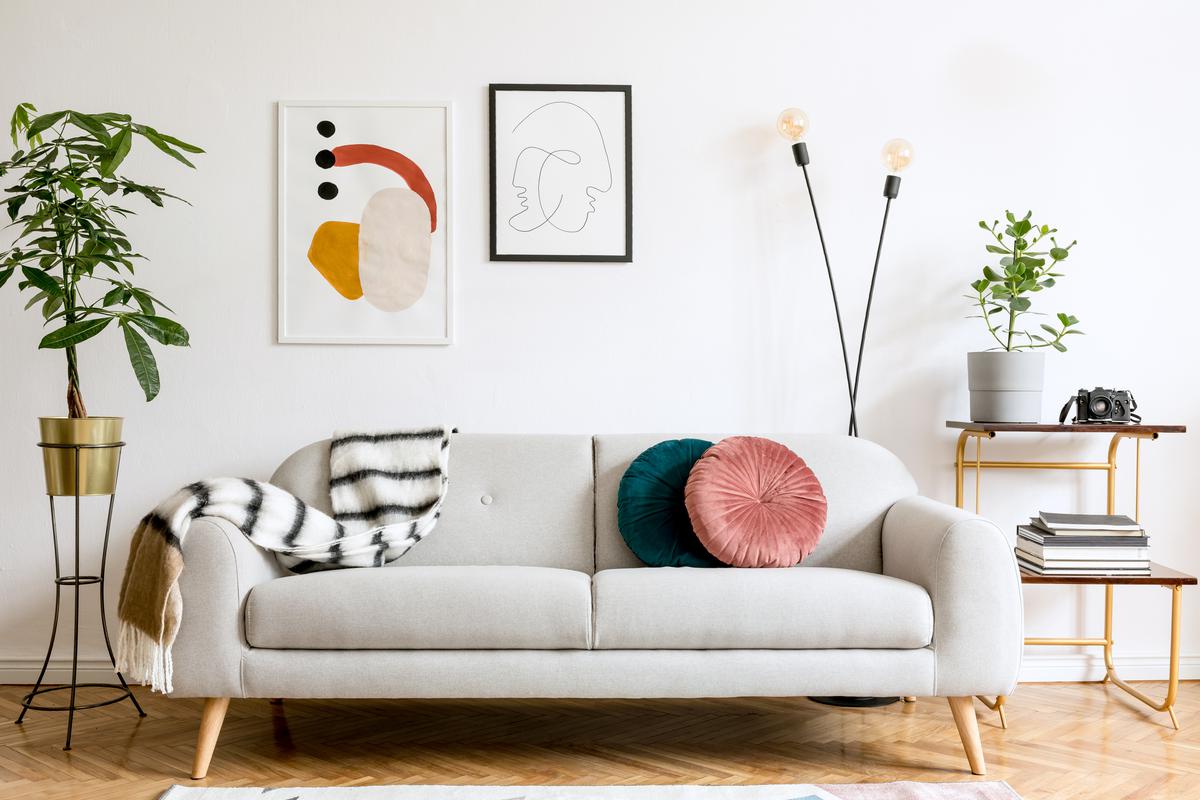
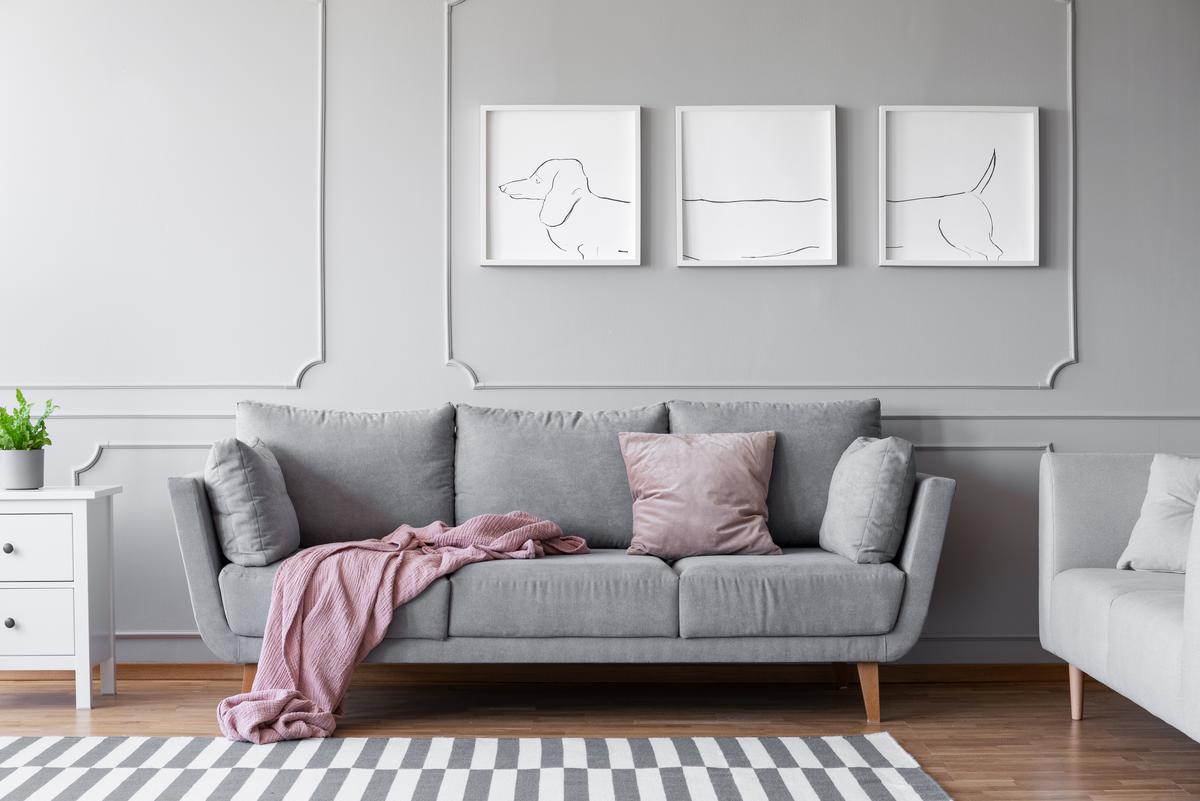



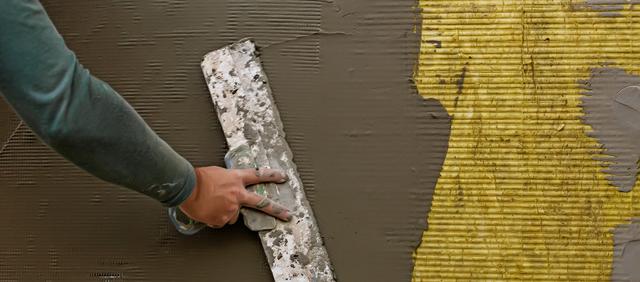

comments